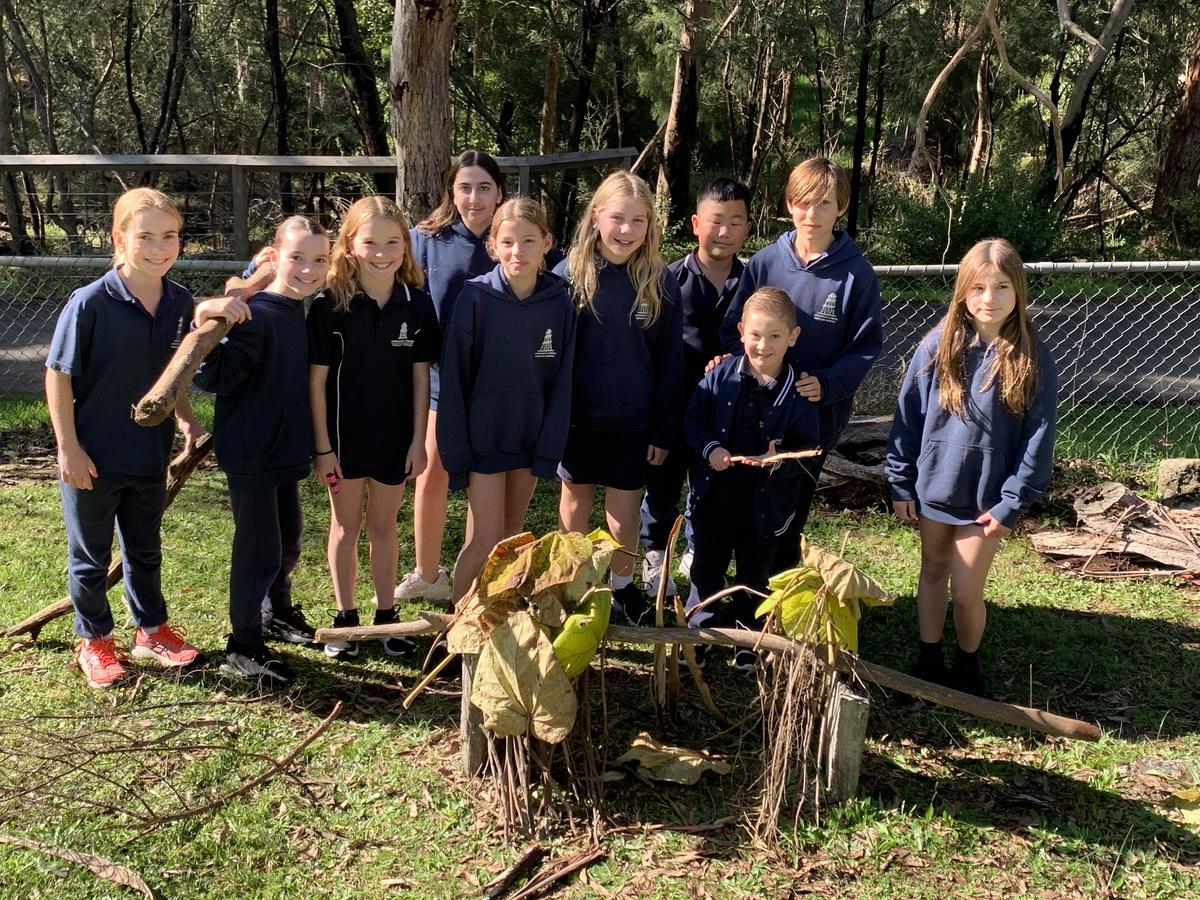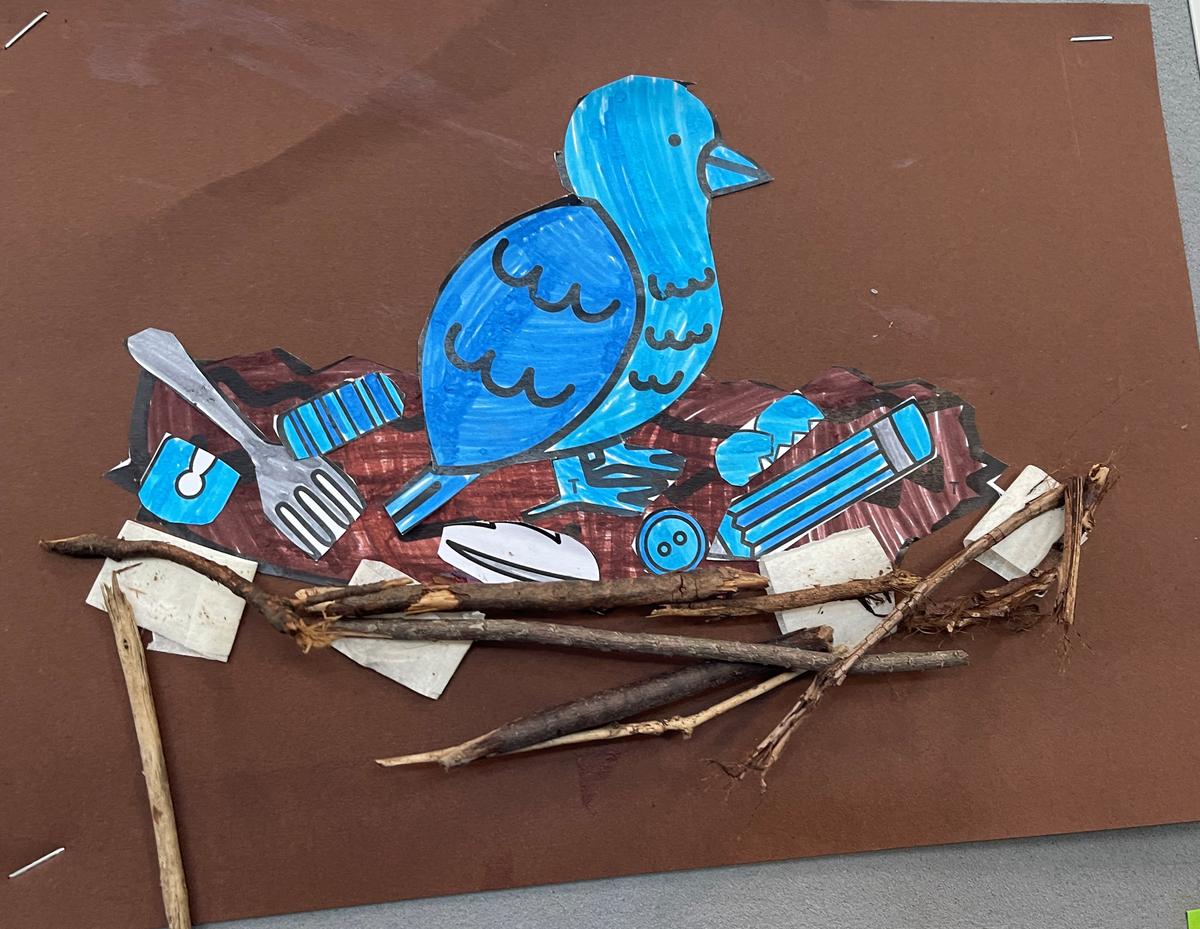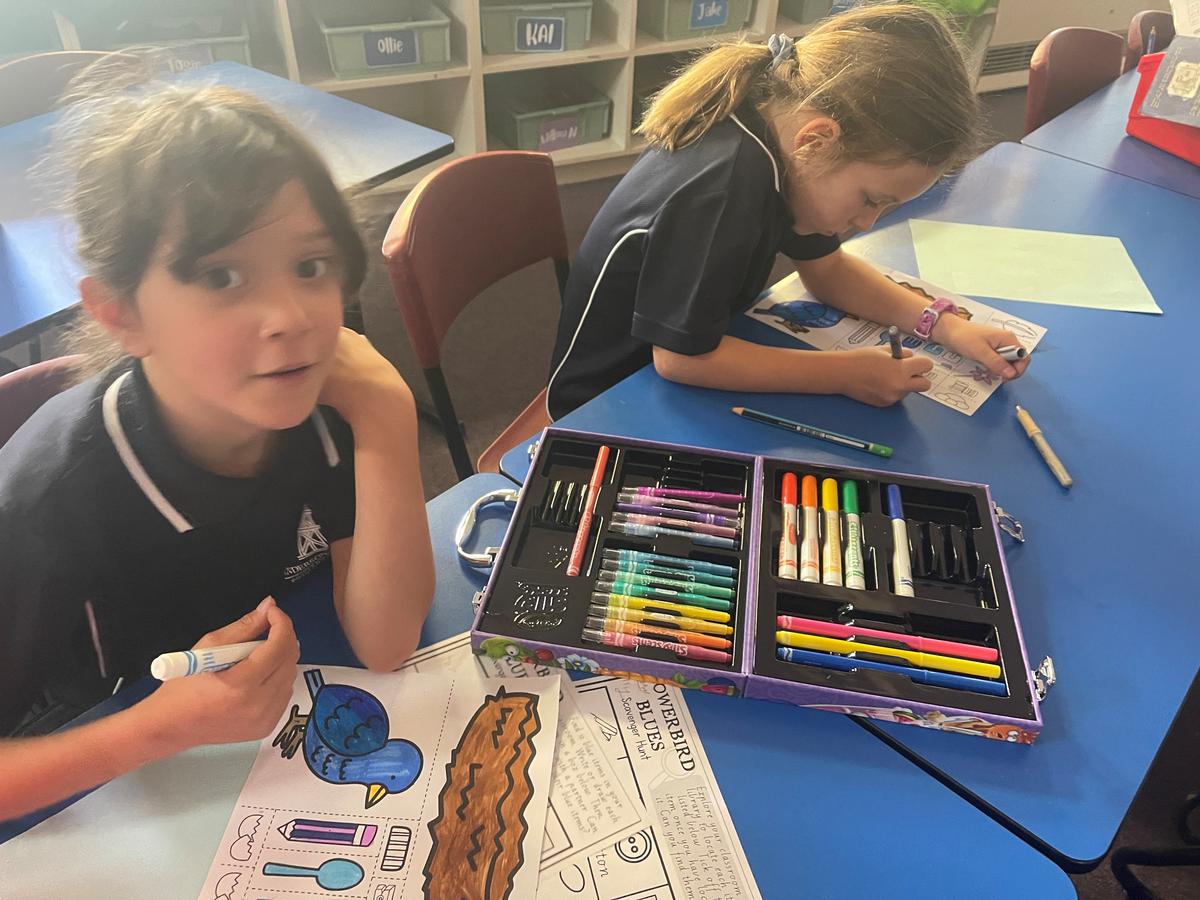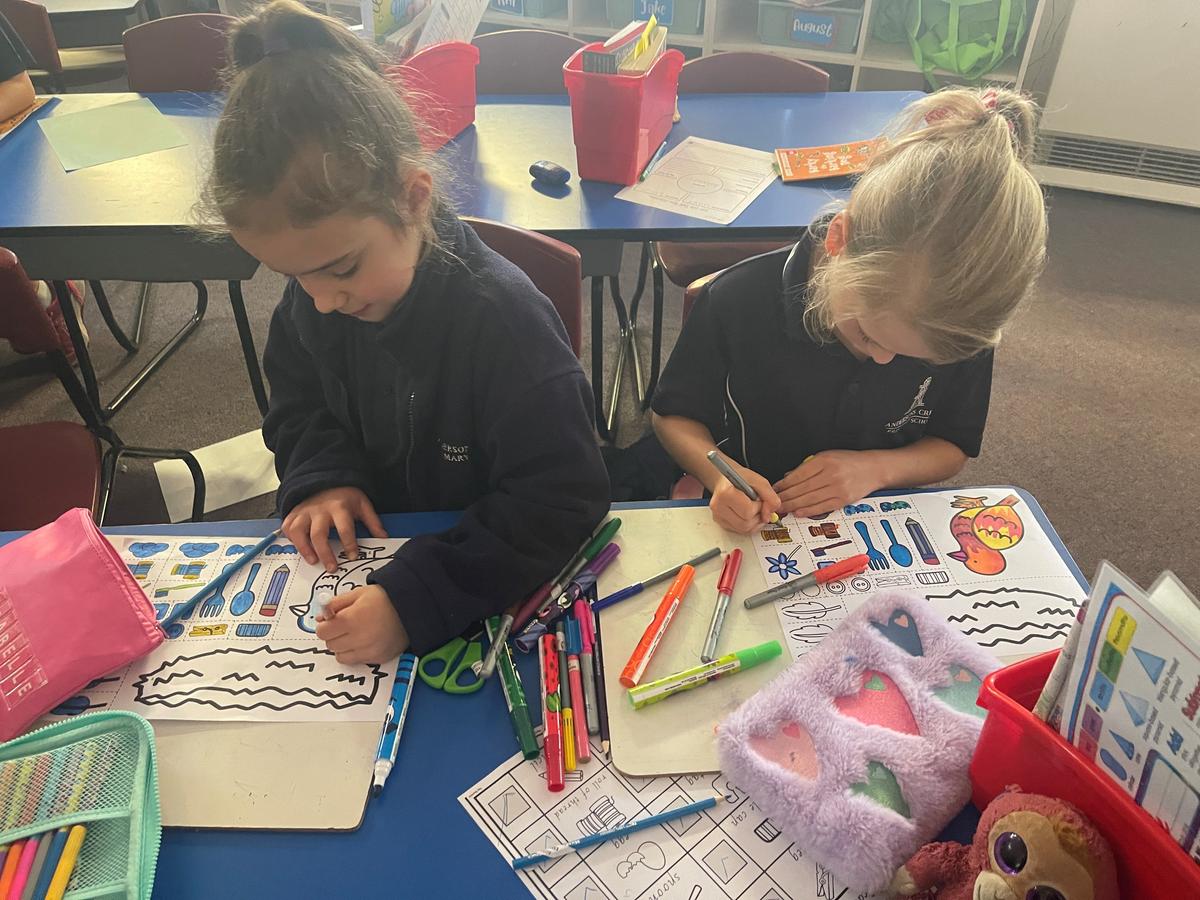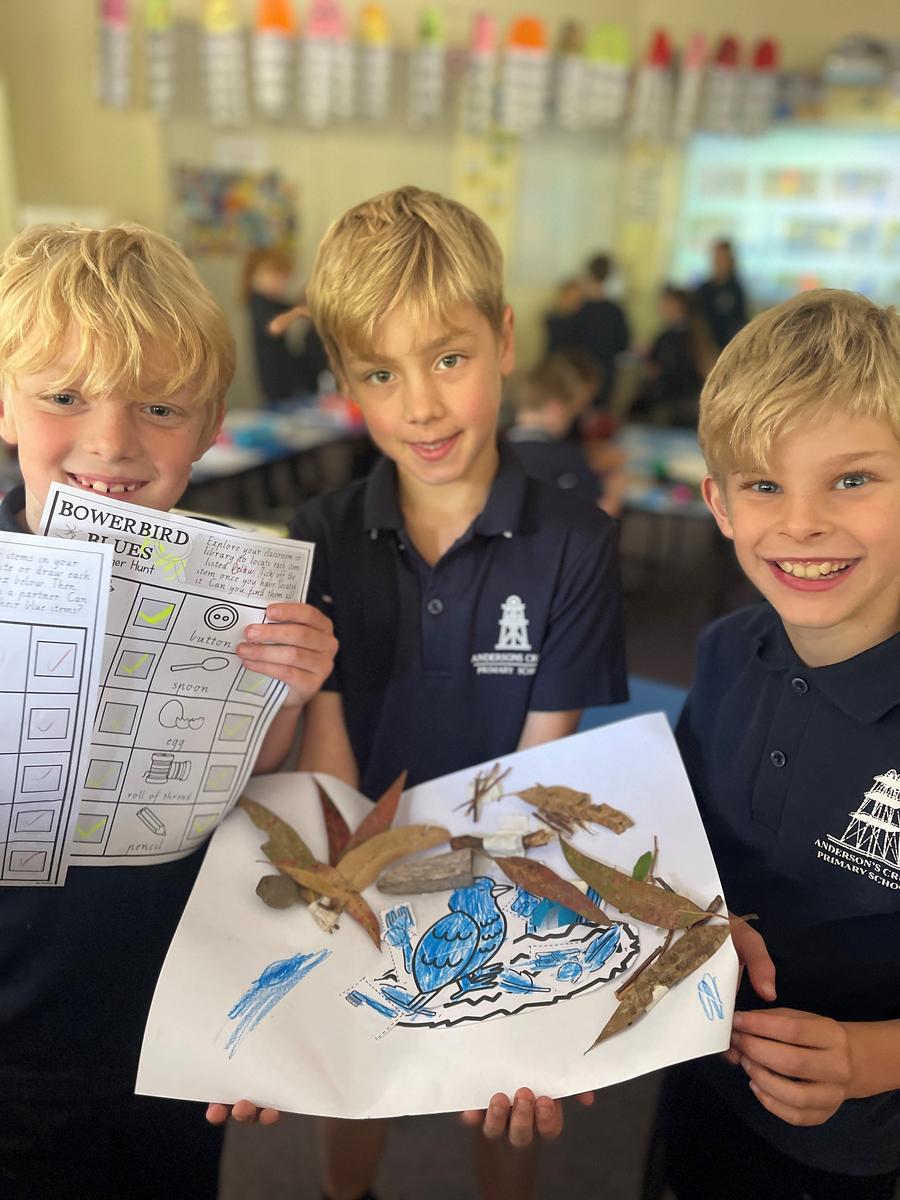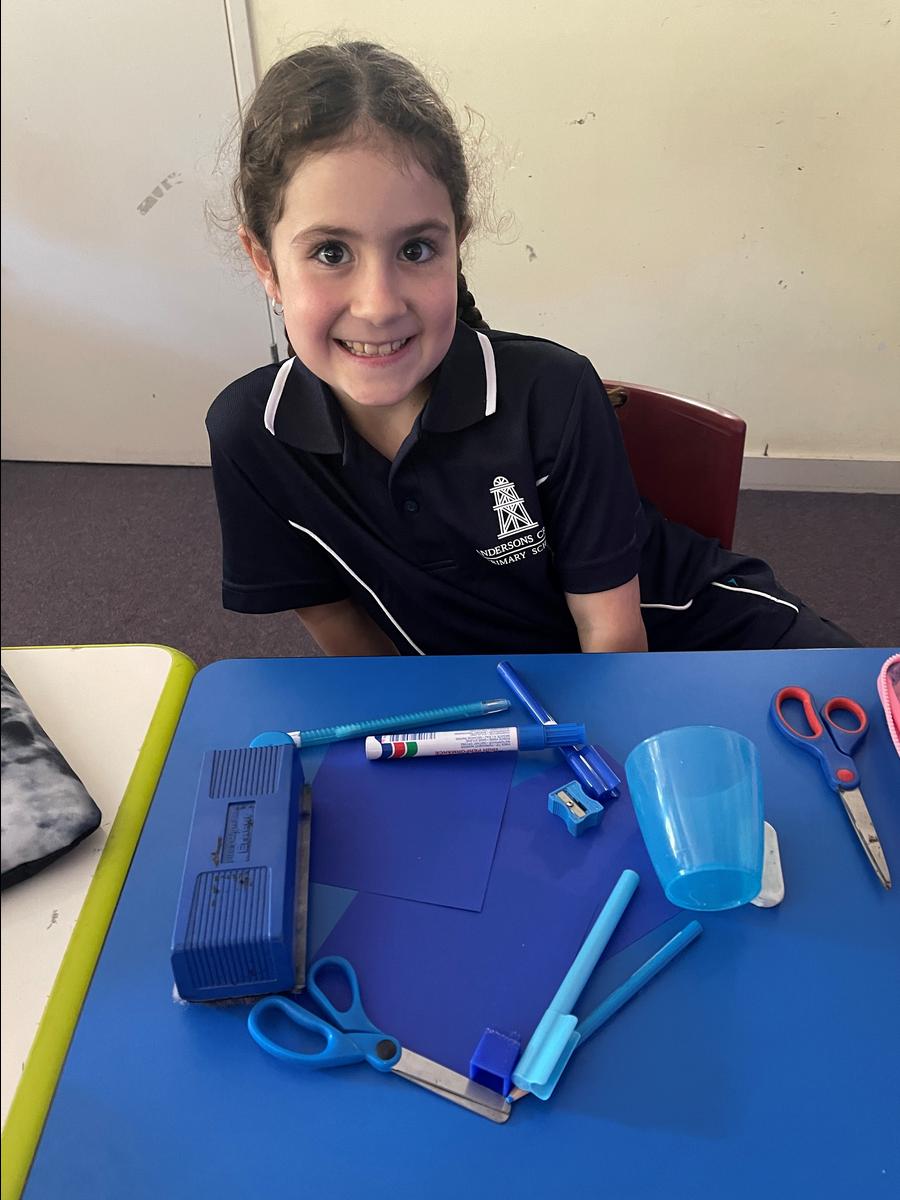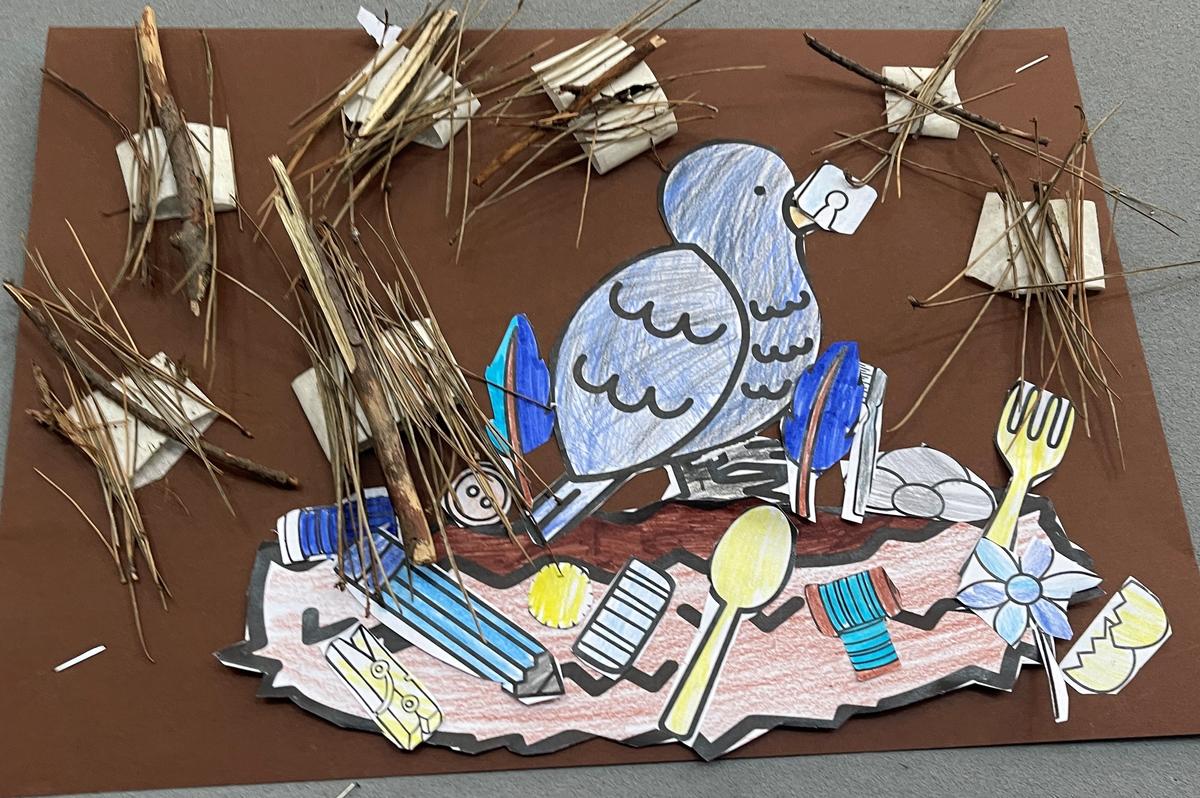Grade 1 and 2
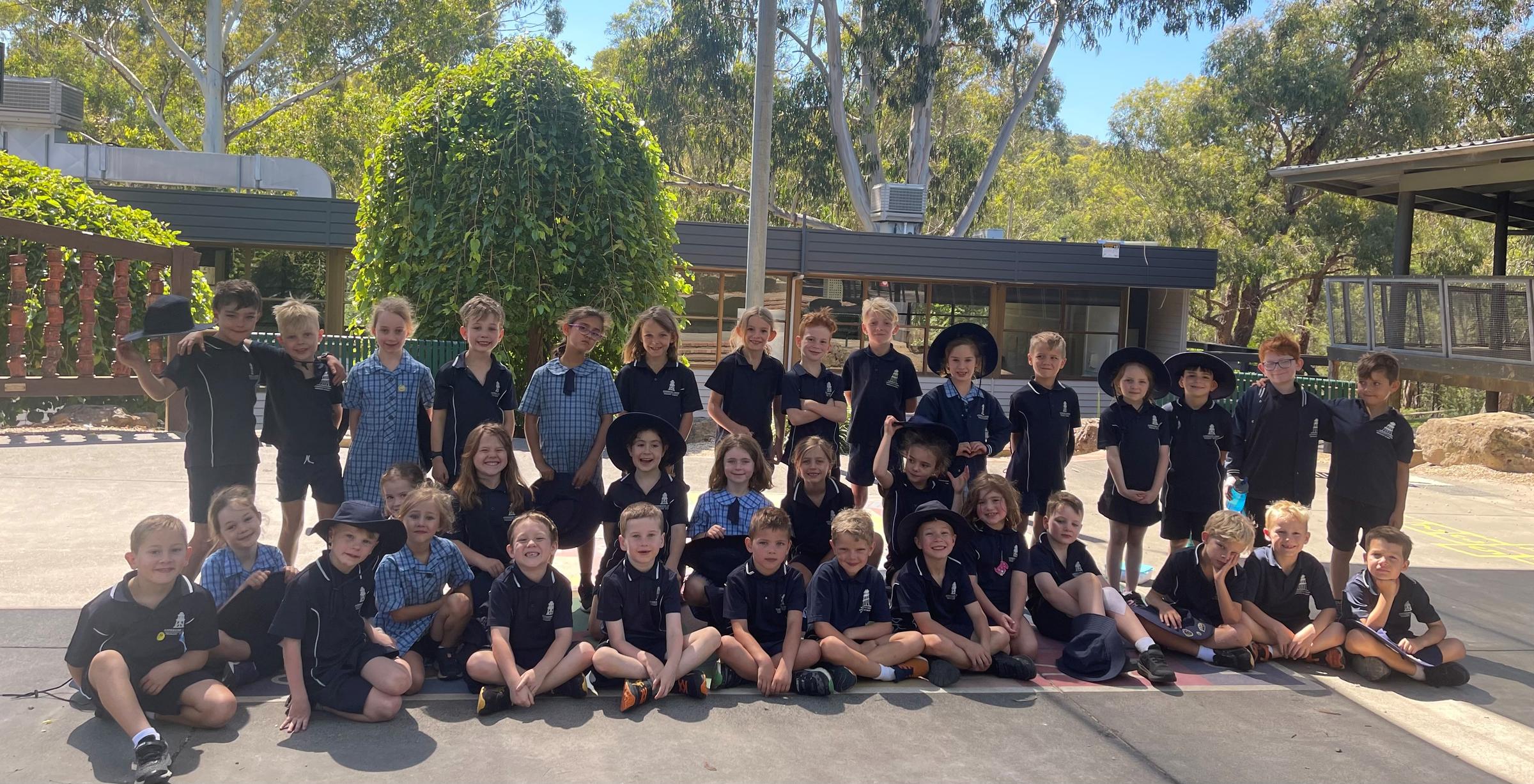
National Simultaneous Storytime 2024
A highlight from the last fortnight was coming together with over 2 million other young people to simultaneously read Bowerbird Blues by Aura Parker.
Aura Parker is an award-winning illustrator, writer and designer. Her picture books are joyful with a playful sense of humour, brimming with details to explore. Aura Parker’s storytelling though words and pictures inspires imagination, courage and confidence in young readers as well as a love, curiosity and passion for nature.
The Grade 1 students came together with their buddies to read the story and then went outside to work together to make a bowerbird nest of their own using bark, sticks, leaves and other resources around the school that turned into masterpieces.
The Grade 2 students joined forces with 3M to read the adventures of bowerbirds and the theory is that bowerbirds prefer to collect blue items. 2B and 3M transformed into bowerbirds going on their own scavenger hunt, similar to the one in the book and found all blue items around the classroom. Students then worked together on creating their own bowerbird and nests and used nature as part of their creativity.
Families play a key role in developing a child’s language and literacy skills from birth.
Talking with your child
Regularly talking and interacting with your child extends their language and listening skills and helps grow their confidence with language. You may be their only source of language so the more you speak and engage with them, the faster they will learn new vocabulary and speak with greater fluency.
Include your child when discussing everyday activities such as grocery shopping, gardening, cooking dinner, collecting mail from the mailbox, doing housework, and travelling in the car or bus.
Outings can also provide a world of new vocabulary. Discussion during outings can enrich your child’s understanding of the world. Outings might include going to the local farmers market, park, zoo, shopping centre, museums, libraries and art galleries.
Other fun activities can include:
- Sharing rhymes, poems and songs. Encourage your child to join in.
- Sharing and talking about family histories and family photos.
- Looking at a range of picture books, for example, craft books, DIY books, decorative coffee table books and advertising catalogues. Ask your child to describe what is happening in the pictures and make up stories together.
- Collecting cardboard and other household items for your child to build with. Ask your child to describe what they are building.
- Listening to simple radio programs or podcasts developed for children together and discussing the content.
- Taking virtual tours of various zoos, aquariums, castles, galleries and museums both locally and around the world.
- Playing vocabulary games with your child such as, 'what’s the opposite of ….?' (for example, 'what’s the opposite of big?'), 'what’s another word for….?' (for example, 'what’s another word for angry?') and 'which word sounds different to the others: bat, hat, or door?'.
Oral storytelling
Storytelling extends your child’s speaking and listening skills, as well as expanding their memory and imagination. Either you can tell the story, or you can encourage your child to tell the story.
Storytelling might be about:
- your child’s favourite toy
- another family member
- a pet
- a favourite fictional character from a book or television program
- a famous person
- different work professions, such as astronauts, firefighters, nurses and teachers
- an imaginary world with imaginary characters
- an imaginary animal that can speak.
Here are some tips to start your storytelling:
- Make it exciting, with different voices, puppets, or a finger puppet play.
- Have a dress-up box for your child to use for storytelling and imaginative play.
- Start with what interests your child.
- Start by creating a character and a setting.
Helping your child to write
You can use your child’s experiences and interests as a springboard into writing.
Topics might include:
- A piece of writing about a recent experience, such as a wedding or birthday party, or an excursion. For example, a trip to the museum could result in recounting the day’s activities, a report about dinosaurs, a report about 'The Best Thing I Learnt Today,' a short story about a family of dinosaurs, or a written list of exhibitions.
Writing creatively
Because creative writing is fun, it is an excellent way to foster a love of writing. It also helps develop your child’s imagination, which has been proven to be important in critical thinking and problem-solving. You can use a book you have recently read together as a source of inspiration or create something new.
Some ideas for writing creatively include:
- Create a short story in cartoon form.
- Cut out pictures of people from magazines and create speech bubbles and dialogue.
- Create your own superhero and have them go on a short adventure.
- Use artworks found on the web, such as paintings and photographs, as inspiration for a story.
- Write a story or create a cartoon together by taking turns at writing sentences or cartoon cells.
- A simple story structure involves a character who has a goal (for example: to win the football match; to find a lost dog; to save the world), faces problems in achieving that goal but finds a solution. This structure can be the basis for a short story you write together.
- Select stock images from a search engine, or use photos you have taken, and paste them in a slide show or Word document then add labels or sentence text.
Mont De Lancey Homestead
In the next edition of our Grade 1 and 2 newsletter we will have all the updates, photos and entertainment from our trip back in time from 1870 to 1900s. Stay tuned...
Have a wonderful weekend!
Miss Buzzini and Ms Zanatta
Shrek Jr Production Tickets Available via Trybooking

